This is the fifth in a seven-blog series on history. In this blog, I describe the Moors’ Civilization.
Who were the Moors in Europe?
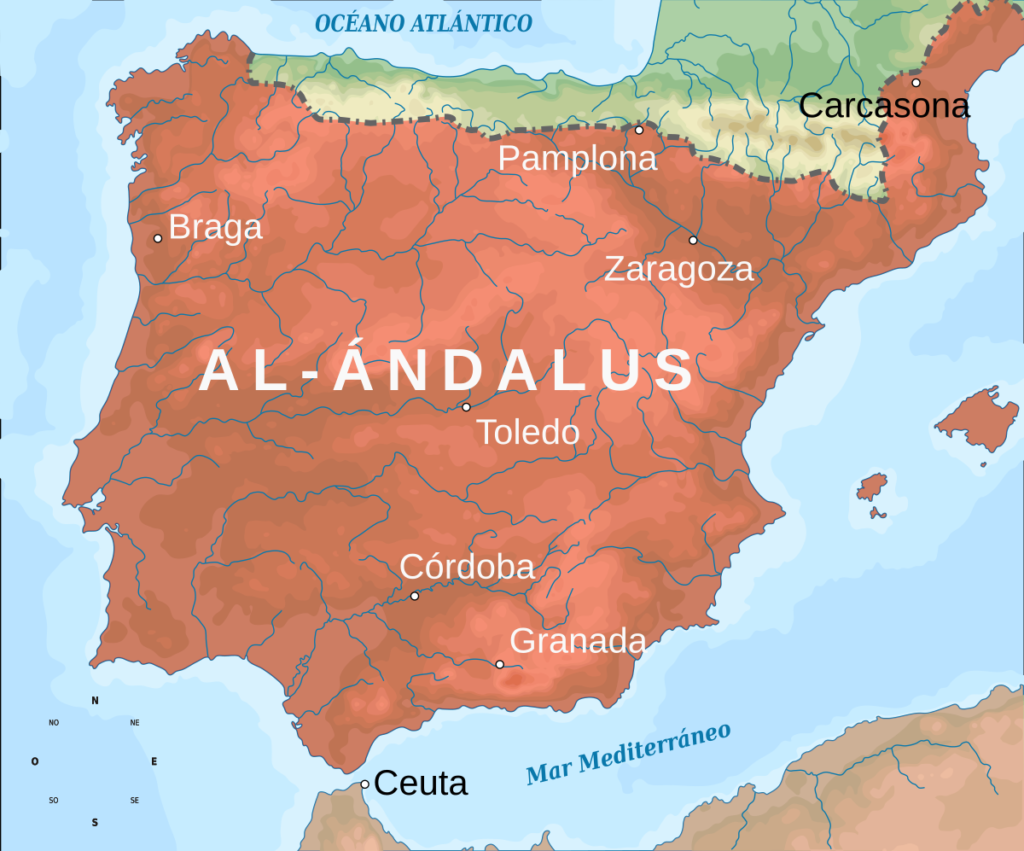
In 711 A.D., General Tarik ibn Ziyad, known as Tarik, led a Muslim force of Berbers, known as Moors, across the straits of Gibraltar from North Africa to the Iberian Peninsula (Spain and Portugal). Landing between the mountains known as Mons Calpe Tarik, General Tarik’s army defeated the Visigoths, the Germanic tribe, that ruled Spain.
At its peak, the Moor’s civilization in Europe, called al-Andalus by the Moors, controlled most of the Iberian Peninsula and Septimania (an area of modern-day Southern France). It was a civilization famous for its art, architecture, and centers of learning.
Over time Christian kingdoms gradually reduced al-Andalus’ size. The Moors inhabited about two-thirds of the Iberian Peninsula for around 375 years, about half of the peninsula for 160 years, and the kingdom of Granada (an area roughly equivalent to modern Andalusia) for around 244 years. In 1492, when the kingdom of Granada fell, al-Andalus ceased to exist. However, even after its collapse, the Moors left a lasting cultural legacy.
Facts about the Moor’s Civilization
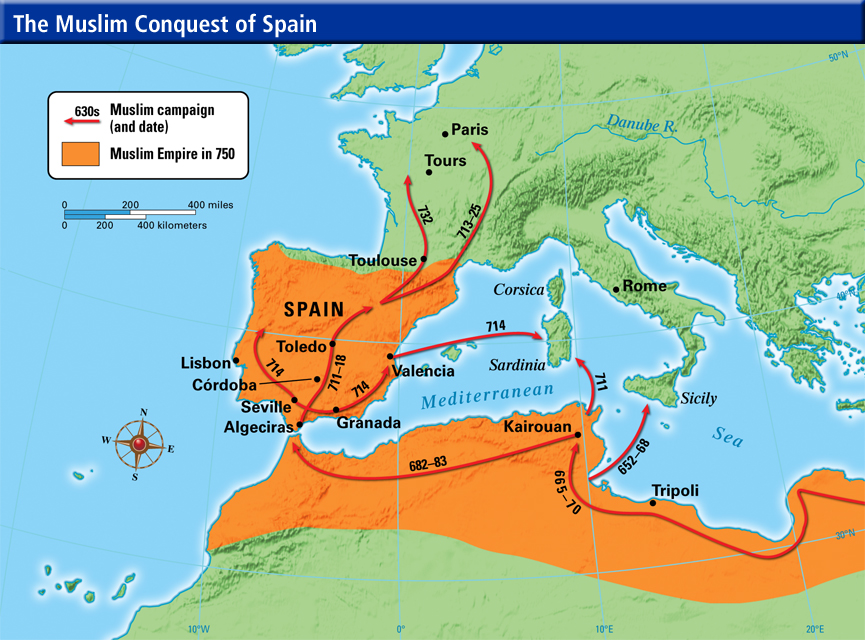
The Moors were medieval Muslims. At their peak, the Moors’ civilization ruled over the areas that currently comprise Spain, Portugal, Septimania, and the part of North Africa referred to as the Maghreb region.
As noted above, the Moors took control of the Iberian Peninsula in 711 A.D. when General Tarik ibn Ziyad and his Muslim force of Berbers crossed the straits of Gibraltar from North Africa. The Moors called their Iberian Peninsula civilization al-Andalus. Al-Andalus lasted 700 years (711-1492 A.D); made advances in astronomy, mathematics, and art; and transformed the landscape with irrigation, agriculture, and architecture.
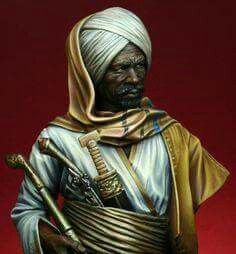
Different Moorish cities were known for certain attributes: Cordova – its libraries and collections; Seville – its music and musical instruments; and Toledo – as a center of industry and learning.
At its peak Cordova, the center of Moorish territory in Spain, had well-paved streets and raised sidewalks for pedestrian traffic. At night, ten miles of its streets were illuminated with lamps. Its population was around half a million.
The Moors also founded and constructed many industrious and prosperous towns all over the north of Africa and as far south as Timbuctoo. The ruins of their many castles can be seen as much in Northern Africa as in Andalusia.
Moorish sanitary engineers, city planners, doctors and public health officials taught both rich and poor that effective public health began with good personal habits and hygiene. As a result, the smallest Moorish villages, hamlets and towns had public baths. The Moors also introduced drainage and irrigation systems, reservoirs, aqueducts, sophisticated storage facilities and efficient marketing, transportation and trading networks. And, Moorish cities were noted for their hot and cold running water, magnificent religious monuments, grand mosques, gardens with exotic plants and birds, and beautifully designed fountains.
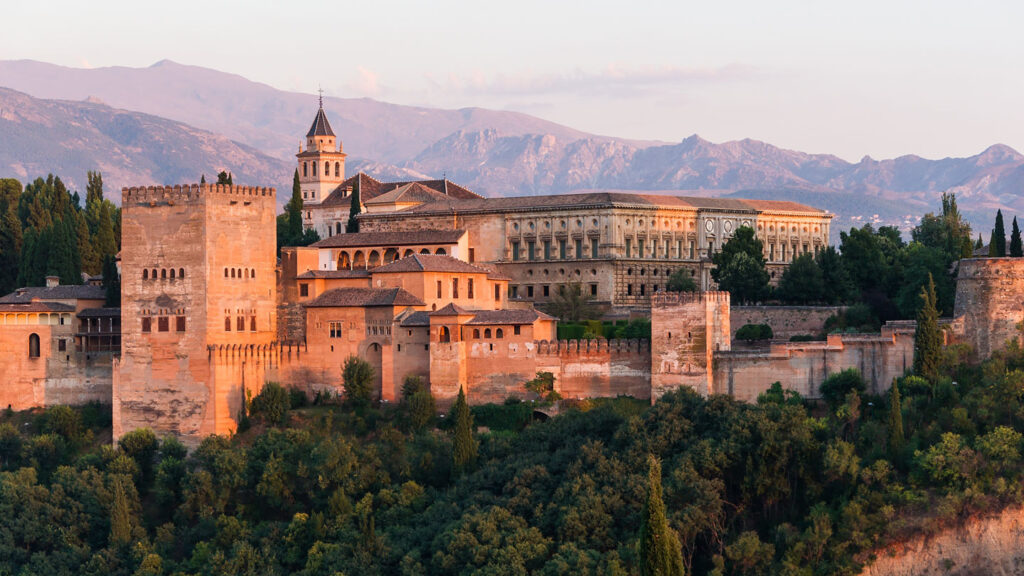
The Moors were conversant with the Harappan (Indus Valley) knowledge of astronomy and the world. This included a Moorish translation of an Indian text, before Columbus’ voyage to the Americas. The Indian text said that the earth is surrounded by air and all created bodies are stable on its surface, it draws to itself all that is heavy in the same way as a magnet attracts iron; the terrestrial globe is divided into two equal parts by the equinoctial line; and the earth is basically round but not perfectly so, being somewhat depressed at the poles.
The Moors introduced the Hindu–Arabic numeral system to Europe by the High Middle Ages. The numeral system was derived from India by the 9th century via the works of the Persian mathematician Al-Khwarizmi, from whom the term algebra was derived. It spread to medieval Europe. This new number system was significant because it was “positional”. Positional means that for a large number containing several digits, the further to the left you go, the larger the value of the digit. And, each position to the left represents a multiple of 10. For example, three thousand, five hundred and seventy-two in the new system was written 3,572. The same number in the Roman numerals system was written as MMMDLXXII. Hence, it was much easier to perform calculations with the new system.
Within Moorish Europe education was universal with almost 17 universities and almost seventy libraries. Hospitals also existed in the majority of Andalusian cities; were divided into wings for different ailments; and were open to Muslims and non-Muslims for twenty-four hours a day, regardless of a patients’ ability to pay. Physicians were knowledgeable in such things as blood circulation, measles, and smallpox. The city of Cordova had 50 hospitals with running water.
In Al-Andalus women moved freely in public and engaged in various gatherings. The practice that women cover their faces in public was generally ignored. The Tuareg tradition of according women great respect was influential in developing a kind of chivalrous attitude of European men toward women which became a virtual code of gentility among knights and the “gentle-born.” The Moors also introduced things associated with knighthood like jousting, fencing and board games that developed into modern-day chess and checkers.
Translations from Arabic into Latin started around the 10th century where cities like Bologna, Salerno, and Paris made extensive use of Moorish scientific treatises. The translations from the Arabic also provided links between Spain, Portugal, France, Italy and England. For example, Judwal, a Moorish work in astronomy, became a standard text at Oxford.
The Reconquista
Differences in religion and culture led to a centuries-long conflict with the Christian kingdoms of Europe, which tried to reclaim Muslim areas. Called the Reconquista, this conflict began around 718, when the Christian Asturians opposed the Moors at the Battle of Covadonga. But, the attempts at reconquest were not very successful during the first three centuries of Moorish rule.
But on July 16, 1212, at the Battle of Las Navas de Tolosa the Moors suffered a major defeat. This Christian victory marked the beginning of the end of Moorish rule in Portugal and Spain. As the Reconquista progressed, many libraries and public baths were closed. On January 2, 1492, King Boabdil surrendered Granada to Spanish forces ending Muslim rule in Spain. In 1502 the Spanish crown ordered all Muslims forcibly converted to Christianity. However, a Muslim minority persisted until King Philip III expelled the remaining Moors by a special decree issued in 1609. As many as 300,000 Moors, or Moriscos, as their descendants were called, may have left Spain between 1492 and 1610.
Important Inventions and Innovations of the Moor’s Civilization
Among the key inventions and innovations of the Moor’s civilization were:
- Libraries and manuscripts: In the tenth and eleventh centuries, public libraries in Europe were non-existent, while Moorish Spain had around seventy, of which the one in Cordoba is said to have housed four hundred thousand manuscripts.
- Crops: Some of the crops introduced by the Moors to the Iberian Peninsula were lemons, dates, saffron, peaches, oranges, sugarcane, apricots, figs, cotton, pomegranate, rice, ginger, and silk. They also brought cereals, beans and peas of various types, olives, and almonds and vines. These were rich, new sources of protein.
- Oceanic Advances: Moors made advances in navigational technology such as the compass, (which the Moors brought from China into Europe), and sextant, as well as their improvements in cartography and shipbuilding.
- Agriculture: The Moors established a large number of wells, reservoirs, and canals that redirected water from one region to another causing agricultural production to surge.
- Astronomy: The Moors introduced the astrolabe, a new scientific device for measuring the position of the stars and planets to Europe.
- Musical Instruments: The Moors introduced the earliest versions of several instruments, including the Lute or el oud, the guitar or kithara and the Lyre.
- Eating etiquette: The Moors changed the style of eating by breaking meals into separate courses beginning with soup and ending with desserts.
- Paper Making The Moors brought paper making to Spain in the 12th century, allowing the growth of libraries and the accurate preservation and dispersal of knowledge – with Xativa, in Valencia Spain, having the first paper factory in Europe.
African nature of the Moors
If the term “Moor” seems familiar but confusing, there’s a reason: Though the term can be found throughout literature, art, and history books, it does not actually describe a specific ethnicity or race. Instead, the concept of Moors has been used to describe alternatively the reign of Muslims in Spain, Europeans of African descent, and various Berber tribes in North Africa.
The predominant ethnic group of Northern Africans, the peoples often referred to as Berbers, prefer the term Amazigh (plural Imazighen) when describing themselves. During the 700 years the Moors dominated the Iberian Peninsula, many people, mostly of European descent, either migrated to or were brought to the lands of Arabia and North Africa.
Derived from the Latin word “Maurus,” Moor was originally used to describe Berbers and other people from the ancient Roman province of Mauretania in what is now North Africa. Over time, it was increasingly applied to Muslims living in Europe. Starting in the Renaissance, “Moor” and “blackamoor” were also used to describe any person with dark skin.
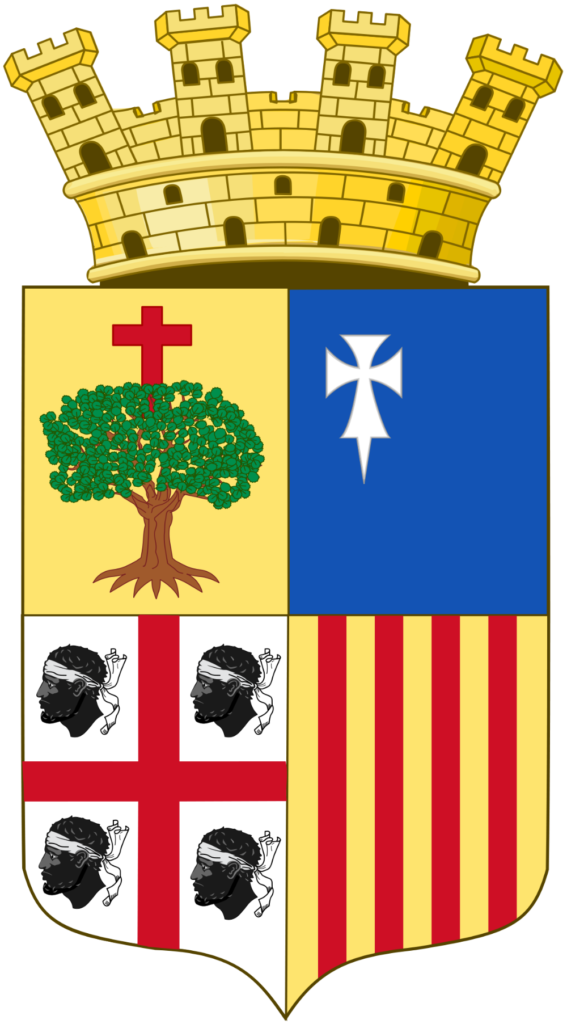
As a large and diffuse ethnic group, the Moors consisted mostly of Berbers from Morocco and Western Algeria, sub-Saharan Africans from Mauritania, Northern Senegal, and Western Mali, Arab Bedouins, and Arab elite mostly from Yemen and Syria.
The original black Berbers, called Moors, where the North African ancestors of the present-day black brown peoples of the Sahara and Sahel, called Fulani, Tuareg, Zenagha of Southern Morocco, Kunta and Tebbu of the Sahil countries as well as black Arabs now living in Mauretania and throughout the Sahel. They include the Trarza of Mauritania and Senegal, the Mogharba as well as dozens of other Sudanese tribes, and the Chaamba of Chad and Algeria.
Finally, if one wants to know whether blacks were among the powerful and leaders of the Moors or were merely laborers and slaves as some historians would have us believe, simply do a Google search of the phrase “Moorish coat of arms in Europe.” One finds a treasure trove of images of coats of arms with the faces of black people prominently displayed.
My next blog will focus on the Black contributions to the American Dream.
